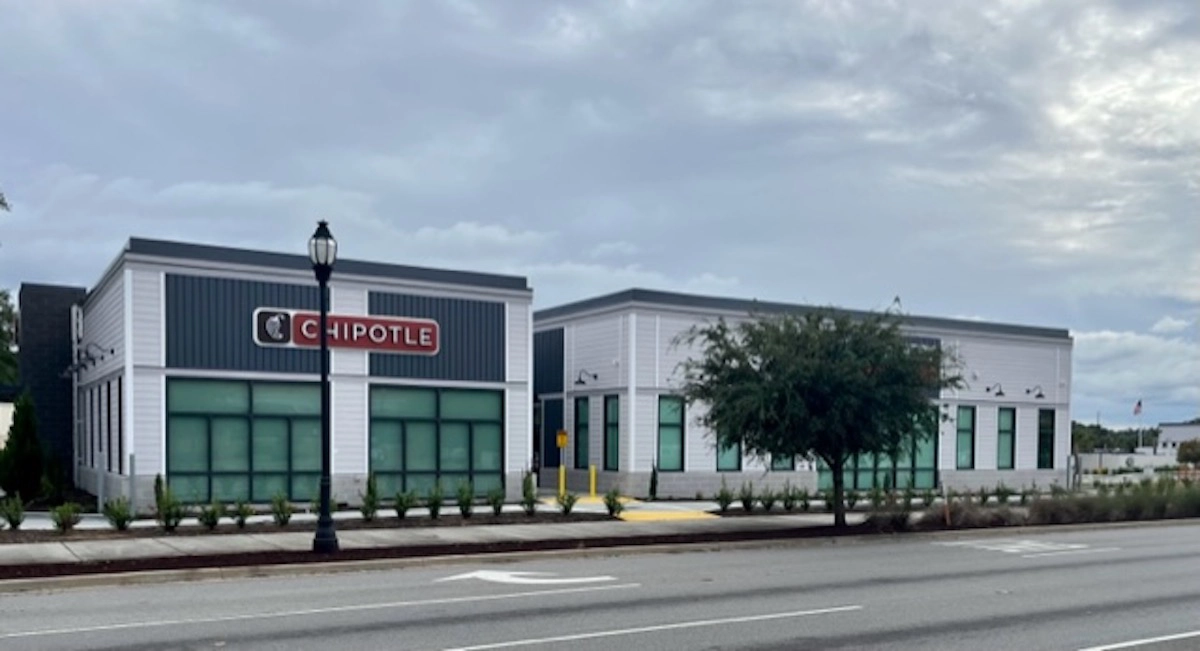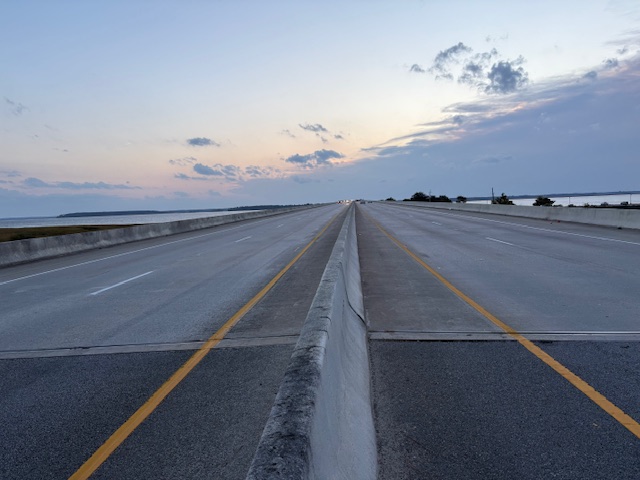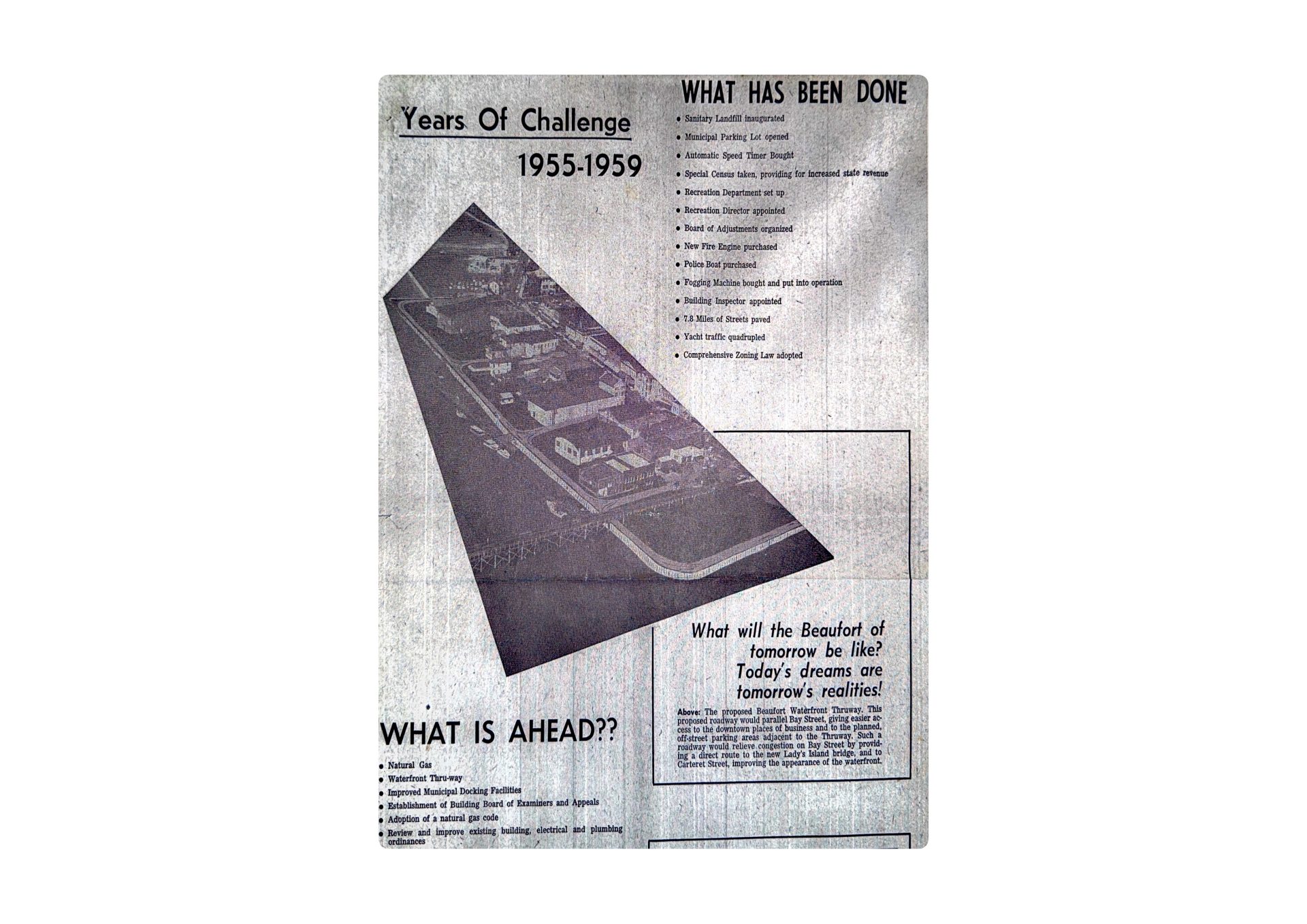By Bill Rauch
Over the past decade, the Beaufort City Council has been engaged in relaxing the city’s architectural guidelines. Interestingly, at the final meeting over which that effort’s chief proponent, Stephen Murray, presided as mayor, he acknowledged that some of the buildings that have gone up recently have been a disappointment to him, that Beaufort’s unique architectural identity has sometimes been in recent years forsaken.
Although Beaufort’s “look” was not on the city council’s September 12 agenda, this was the same meeting where Jay Weidner lamented the “Soviet style” that, he said, seems to him to have been creeping into Beaufort’s permitting manual.
With Mike Sutton and Phil Cromer now running for mayor, Beaufort it can be argued, is at an architectural crossroads. And, interestingly, the candidates hold quite different views of where we are and where we should be going.
The primary issue at the September 12 meeting was whether to remove the sentence in the local code that governs appointments to the city’s Historic District Review Board (HDRB) such that the line that gives the Historic Beaufort Foundation (HBF) the sole right to propose candidates for one seat would be removed. The change passed, 3-2, with the now-departed Murray voting in the affirmative. That means the next mayor will likely be the swing vote should the matter come up again.
The vote was seen – especially in the city’s preservation community – as another step towards the city’s architectural degradation, this time in the blossom of her cherished historic district.
Mike Sutton told me last week he will vote as Murray did.
“No non-profit should have the right to appoint a member of a city board,” he said.
Just to be clear, the old rule called for HBF to propose candidates for one seat on the five seat HDRB. The names of the proposed candidates were then considered by the City Council and when one received three votes there, they were appointed.
On the other hand, Phil Cromer told me that, should he win the mayoralty, he would not bring the matter up himself; but if it came up, he would vote to restore HBF’s sole right to propose candidates for the seat.
“The (HDRB) needs at least one member with historic architecture experience, “Cromer explained. “The historic district is Beaufort’s identity. It is our heart and soul.”
A central part of Council’s recent efforts to relax Beaufort’s architectural permitting process was to tailor the city’s new form-based zoning code to give increasing autonomy to the Zoning Administrator who is a city staffer. As Murray acknowledged at the September 12 meeting, mistakes have been made.
When missteps have been taken, they have been taken mostly here. Accordingly, a reasonable question to ask the candidates is: “If you get the job, what changes to the Form-based Code would you support?”
Cromer told me last week his emphasis would be on “removing the inconsistencies between the Code and the City’s 2021 Comprehensive Plan and its Beaufort Preservation Manual. Not only will that simplify things for applicants,” he said, “it will reduce the city’s liability as well.”
Moreover, he said, “There is a Lowcountry look that should be respected and adhered to. The City hasn’t been good enough at that recently.”
Sutton called for a zoning tune-up too, saying last week he would address problems as they arose. Moreover, he said “It’s not all been home runs. Some of what’s been built does not fit the ideals of what the city should look like.”
For example, Sutton cited the Chipotle building at Beaufort Plaza.

“There’s no front door on the sidewalk side,” he said, “and you can’t look in the windows from the sidewalk side. That’s contrary to the pedestrian-oriented Boundary Street Plan. Plus, it’s not two stories so there’s no ‘canyon effect,’” he added.
Last week also the city’s Community Development Director, Curt Freese, who came on the job after the Chipotle building’s permit was granted, acknowledged the building should have been two stories.
“I’m not sure if this was missed or if the additional height was interpreted to be two stories, as there is no note in the file,” he explained to me via an email.
When we spoke last week Phil Cromer also called for the city and the county to put their heads together about coming up with architectural guidelines for the portion of Highway 21 between the Marine Corps Air Station and the beginning of the Boundary Street Master Plan.
“This is the major entrance to Beaufort,” he said. “It shouldn’t look like Anywhere, USA. It’s good for both tourists and businesses that it have a ‘Lowcountry look.’ That will attract more than detract from businesses.”
Freese said also by email last week that to his knowledge, there have to date been no city-county discussions regarding the Highway 21 entrance,
“However,” he continued ominously, “there is a potential development in this area which will require coordination between the City and County, which may spark such a discussion.”
The time for those discussions is overdue, as is the time to stop systematically relaxing the city’s architectural guidelines.
Bill Rauch was the Mayor of Beaufort from 1999 to 2008 and has twice won awards from the S.C. Press Association for his Island News columns. He can be reached at The RauchReport@gmail.com.





